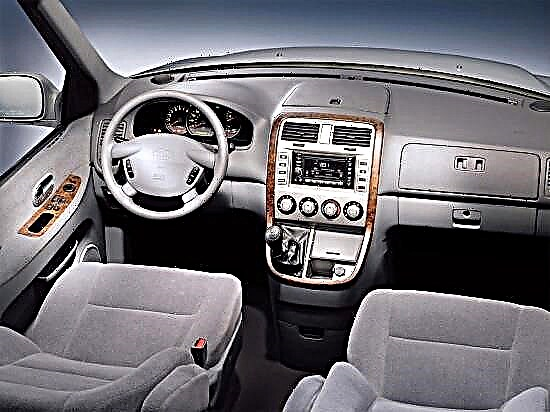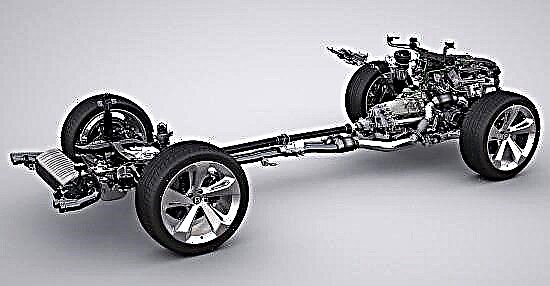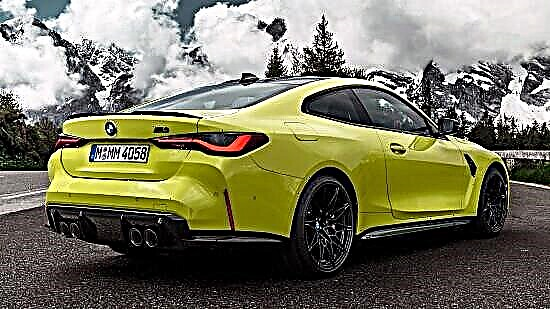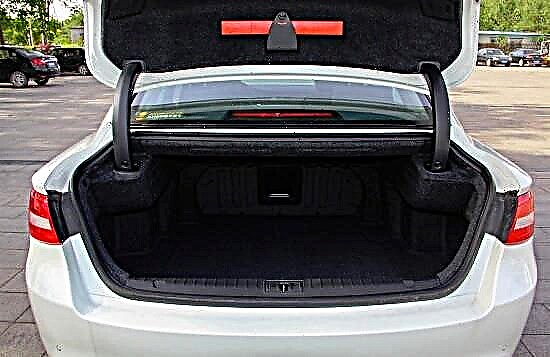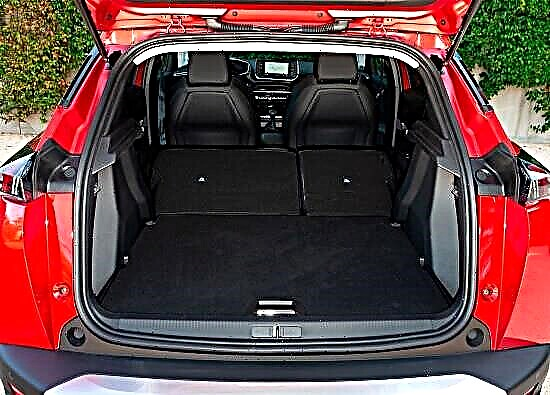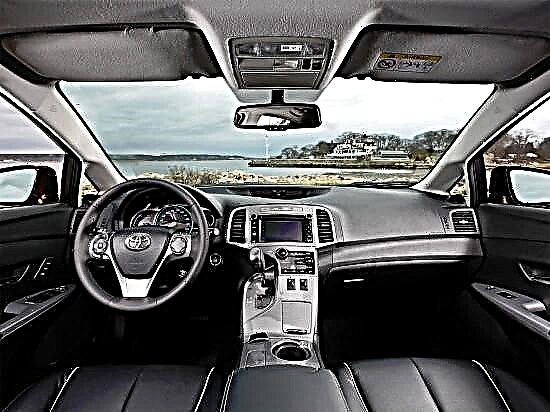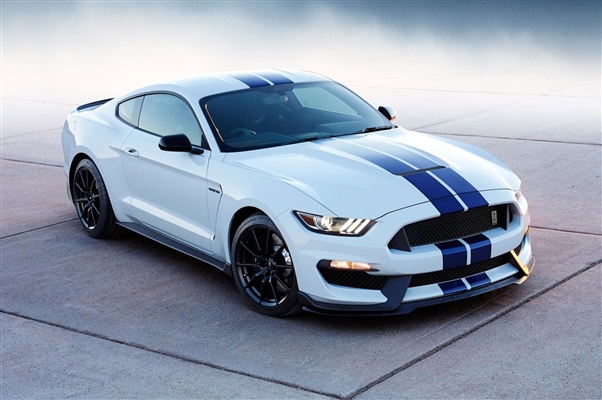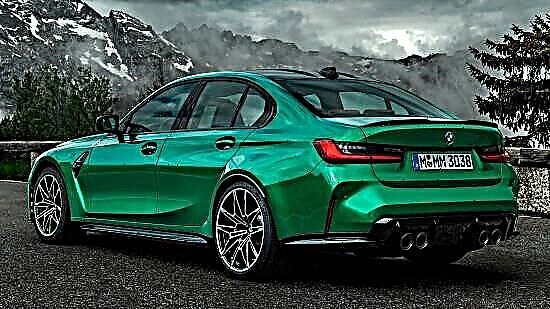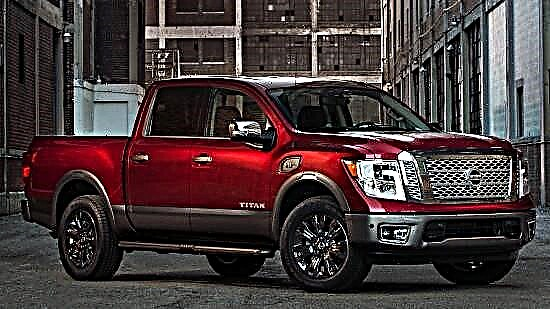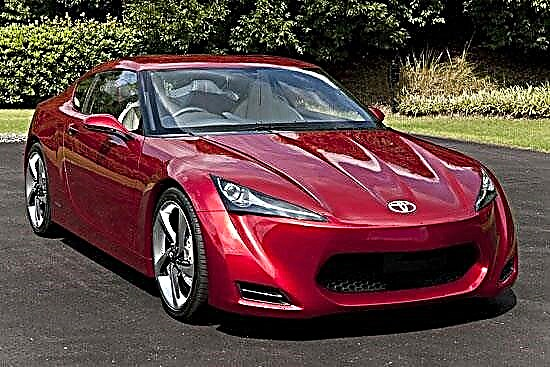Not every car can boast such a long history as Toyota Celica. Moreover, considering that for thirty-six years, Toyota Celica has not changed its original vocation and has always remained an entry-level sports car. From 1971 to 2006, this car went through many changes.
The first three generations of this sports coupe were produced exclusively with rear-wheel drive. Starting with the fourth, it was time to experiment, so Toyota Celica appeared with rear and all-wheel drive, in hatchback and convertible bodies. Externally, the fourth and fifth generation of the car can be distinguished by the headlights equipped with a retractable mechanism. The sixth generation Toyota Celica T20, due to the four round headlights, was more reminiscent of its "civil sister" - the Supra model. However, such an external similarity did not prevent the sixth generation Celica from becoming famous for its successful performances at the World Rally Championship. True, in fairness, this rally car has been very deeply modernized (racing suspension, many aluminum components and parts to lighten the weight and a powerful engine with a twin turbocharger). Although available to buyers, the serial Celica GT-Four could boast 255 "horses" under the hood. In 1999, on the basis of the previously presented XYR concept car, the last (today) seventh generation Toyota Celica T23 was presented to the general public. In light of the competition, many decisions were dictated by marketers rather than engineers and designers. That is why sports acuteness has been replaced by accessibility, comfort and versatility.

However, in appearance, the seventh generation Toyota Celica cannot be said about the lack of dynamism and sports enthusiasm. The car is presented in a single body version - a three-door hatchback and looks more than aggressive. The swift, squat silhouette is replete with sharp edges (this style was called by Toyota designers - "cutting edge"). Moreover, everything is functional. A wide grille integrated into the bumper and an additional air intake on the bonnet are designed for better engine cooling. The piled-up A-pillars and the windshield, which smoothly flows into the short roof and the sloping rear window, reduce the drag coefficient. And the large spoiler that crowns the tailgate, which is essentially an active wing (can change the angle of attack), regulates the downforce. Even the seemingly decorative body ribs and the shape of the washer nozzles fulfill their aerodynamic function. And of course, the look of a sports car would not be complete without 15 or 16-inch light-alloy wheels “shod” in wide low-profile rubber. In addition to this, owners could order the optional Action Package, which not only added 14 extra horses under the hood, but also slightly changed the appearance of the car with a new bumper and an enlarged wing, as well as HID xenon headlights.
Naturally, the seating position of both the driver and passengers in the Toyota Celica is very low. Although this does not cause any inconvenience. Both doors are wide enough, however, the back seat is cramped for two, and it's not very comfortable to squeeze in there. But there is space ahead. The steering wheel and seat adjustments allow even a large driver to sit comfortably. The large glass area and large outside mirrors provide excellent visibility, with the exception of the rear view into the salon mirror, which is completely uninformative. However, this is a common problem for cars of this class. Front bucket seats with developed lateral support, a small chubby steering wheel and a short gearshift lever give the interior the spirit of a sports car. The feel is accentuated by the dashboard, where the dials initially point downward and the tachometer is marked to an impressive 8,000 rpm.
However, in addition to the sporty essence, the designers have taken care of the proper comfort. The rear seat backrest folds down proportionally (60 to 40), increasing the luggage space. A full spare wheel is hidden under the boot floor. Depending on the level of equipment, the owner of the Toyota Celica may have access to such "civilian excesses" as full power accessories with heated mirrors and front seats, climate control, JBL acoustics with six speakers and six airbags. Unfortunately, Toyota Celica is not free from the traditional disadvantages of cars intended for the American market - hard, cheap plastic in the finish and poor soundproofing of the body.
Speaking of technical characteristics, the seventh generation Toyota Celica is presented in two versions. The basic version of the Toyota Celica GT was equipped with a 143-horsepower VVT-i power unit, which was paired with a five-speed "mechanics" or a four-band "automatic". There are disc brakes at the front, and drum brakes at the back. A more powerful version of the Toyota Celica GT-S was equipped with a 182-horsepower VVTL-i engine, aggregated with a six-speed manual transmission or a four-speed automatic transmission. This version has all disc brakes. A more powerful engine accelerates the car, which weighs about a ton, to a hundred in 7.2 seconds. At the same time, it does not differ in particular gluttony, on the highway about six and a half, and in the city no more than twelve liters per hundred kilometers. An informative and sharp steering wheel, as well as a stiff suspension (front - McPherson struts, rear - independent multi-link, and both with transverse stabilizers) provide the car with excellent handling and tenacity.
Today, it is not easy to judge the cost of Toyota Celica, since no new cars have been produced since 2006. Therefore, the price of a used Toyota Celica fluctuates significantly depending on its condition and age. Generally speaking, the future owner of Toyota Celica T23 needs to count on the amount of about 400 ~ 450 thousand rubles. And the price of Toyota Celica T20 in good condition in the secondary market is about 300 thousand rubles.
But everything is not so hopeless ... Apparently, the glory of Toyota Celica haunts many people. And in 2011 at the Tokyo Motor Show, the FT-86 concept was presented - a joint brainchild of Toyota and Subaru. Equipped with a two-liter boxer two-hundred-horsepower turbo engine, paired with a six-speed manual or automatic transmission and rear-wheel drive, this sports car reaches a speed of 100 km / h in seven seconds and can cut through space with a maximum speed of 225 km / h.

But the main thing is that the external and internal continuation of glorious traditions will bear the name Toyota Celica, and (according to the manufacturer's promises) will go on sale in early 2012.

